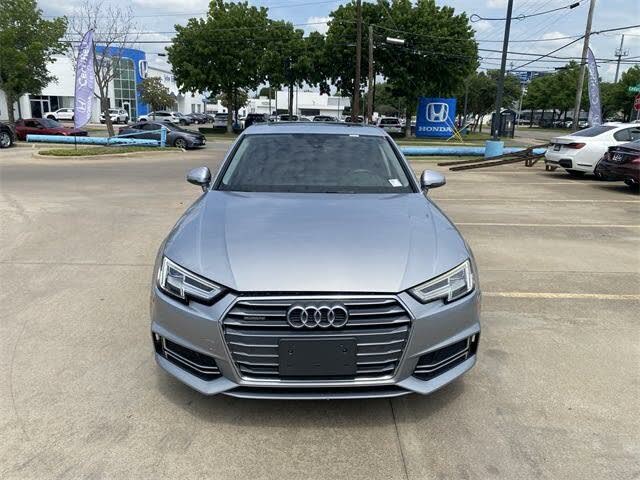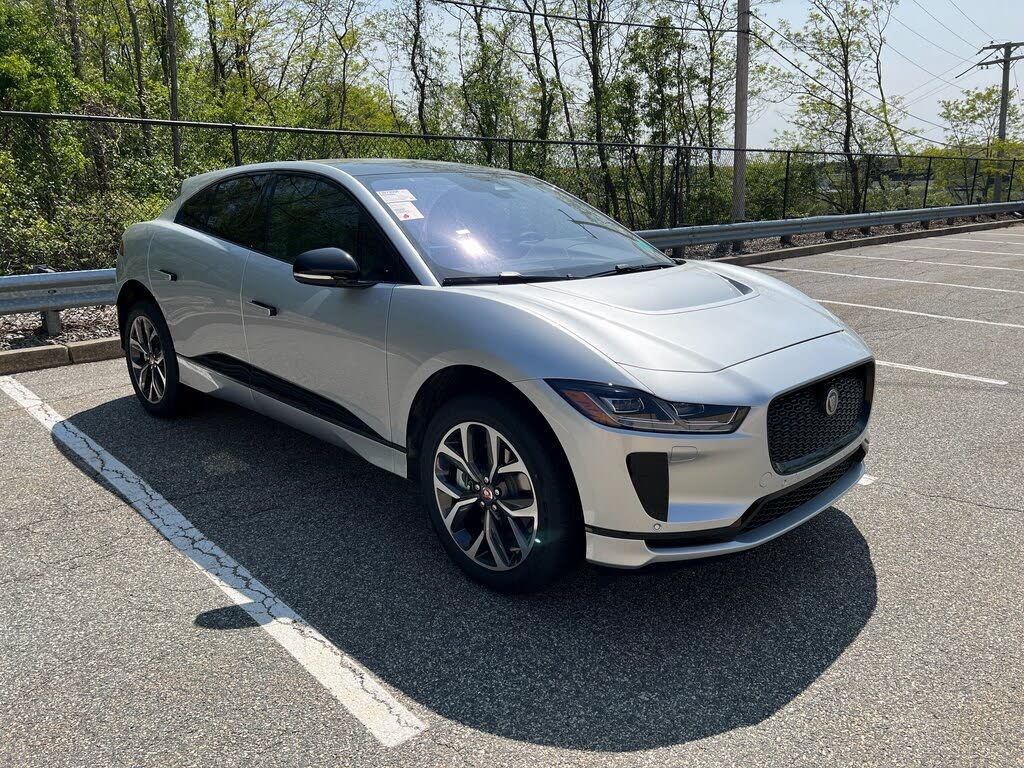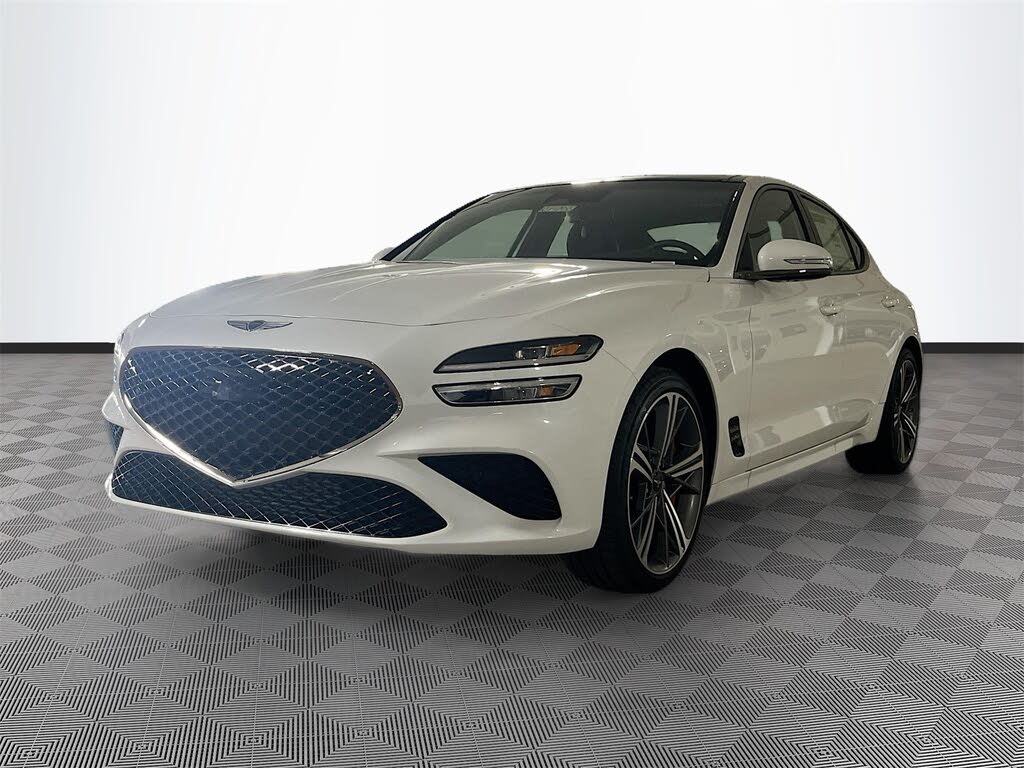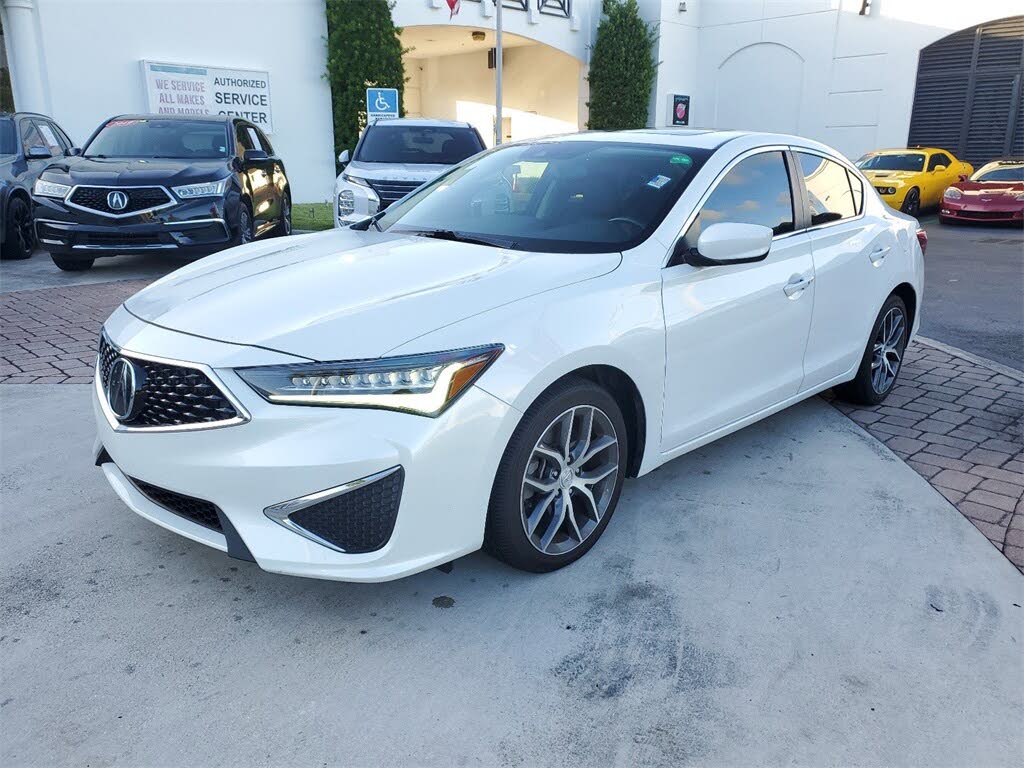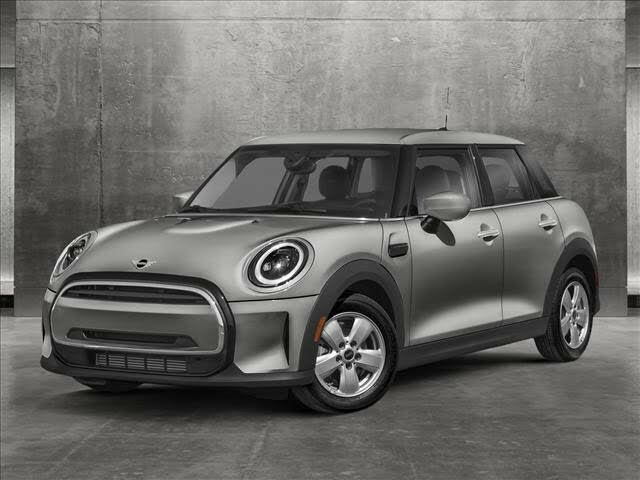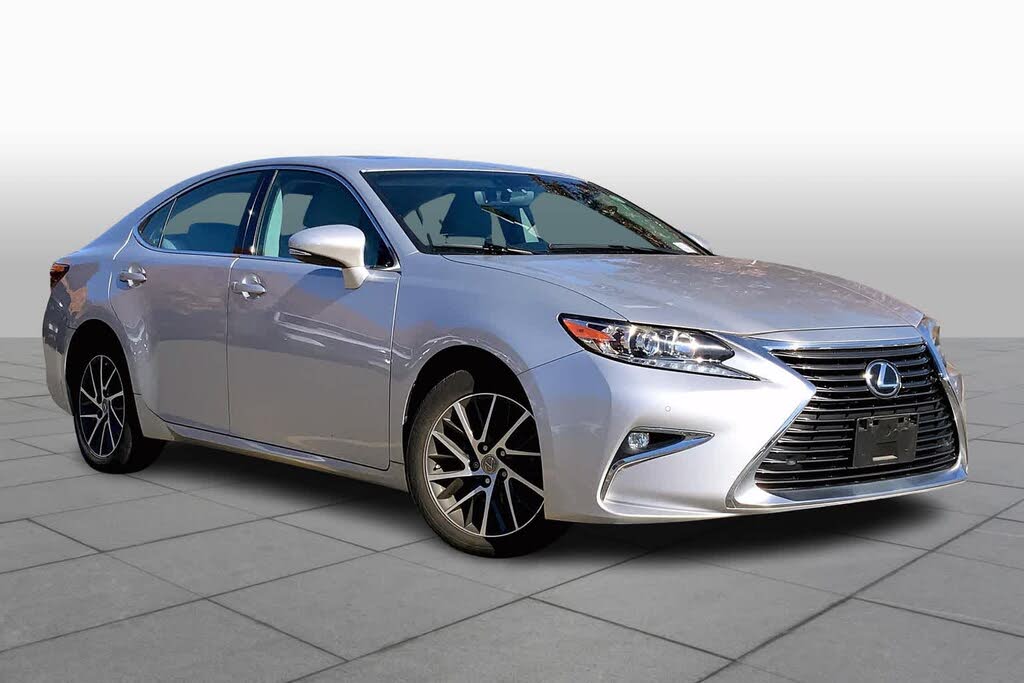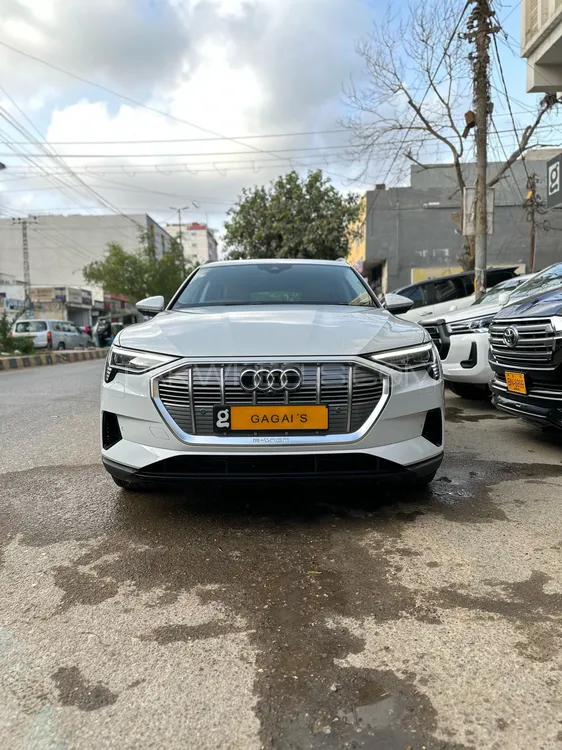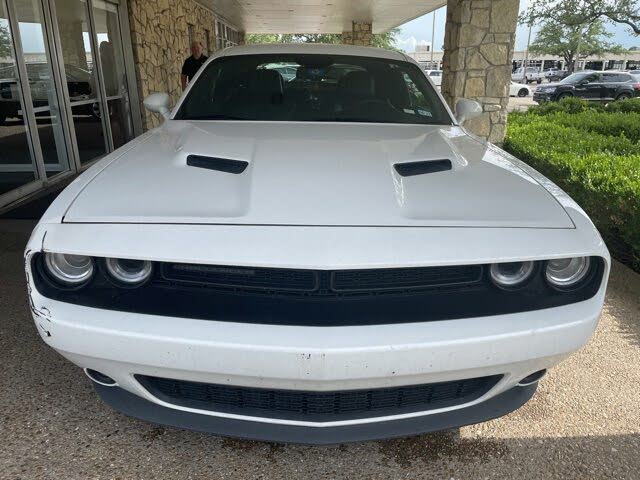The 2019-2020 Infiniti QX60 earned the IIHS Top Safety Pick award after significant headlight improvements. Key factors include:
- Acceptable-rated headlights with high-beam assist technology
- Good ratings in five crashworthiness evaluations
- Superior front crash prevention system performance
Vehicle safety has taken a significant leap forward as automakers respond to rigorous testing standards from the Insurance Institute for Highway Safety (IIHS). The recent recognition of the Infiniti QX60 highlights how continuous improvements in automotive lighting technology can dramatically impact overall vehicle safety ratings.
The Importance of Headlight Performance in Vehicle Safety
Modern vehicle safety extends far beyond crash test performance. IIHS research reveals that approximately half of all traffic fatalities occur in dark conditions, underscoring the critical importance of effective headlight systems. The institute's headlight evaluation program has become increasingly stringent, pushing manufacturers to develop more sophisticated lighting solutions.
The Infiniti QX60's journey to Top Safety Pick status demonstrates this evolution. Early model-year 2019 vehicles produced before September 2018 received poor ratings due to excessive glare issues. Subsequent revisions to the headlight design and implementation of advanced features transformed the QX60's safety profile.
How IIHS Evaluates Vehicle Headlights
IIHS headlight ratings consider multiple factors that affect real-world nighttime driving safety:
- Illumination distance: How far light projects on straight and curved roads
- Glare control: Minimizing light that blinds oncoming drivers
- Beam pattern: Consistency and coverage of the lighted area
- Adaptive features: Performance of automatic high-beam systems
- --TOP ADVERTISEMENT HERE--
Breaking Down the QX60's Safety Improvements
Infiniti's modifications to the QX60's lighting system between 2018 and 2019 models created a remarkable turnaround in safety performance. The changes primarily focused on:
1. Headlight Optics Redesign
The updated headlight assembly better controls light distribution, reducing excessive glare that plagued earlier models. This modification alone moved the rating from "Poor" to "Marginal" for vehicles built between August 2018 and June 2019.
2. Implementation of High-Beam Assist
The game-changing feature came with the addition of automatic high-beam control. This technology, standard on Luxe trim models:
- Detects approaching or preceding vehicles
- Automatically switches between high and low beams
- Maintains optimal illumination without dazzling other drivers
3. Precision Aiming Adjustment
Subtle changes to the headlight aiming mechanism ensure proper light projection on the road surface. Proper aiming is crucial for both visibility and glare prevention.
Comprehensive Safety Performance Beyond Headlights
While headlight improvements earned the QX60 its Top Safety Pick qualification, the SUV demonstrates strong performance across IIHS's rigorous testing protocols:
Crashworthiness Ratings
The QX60 achieved Good ratings in five critical evaluations:
- Driver-side small overlap front
- Moderate overlap front
- Side impact
- Roof strength
- Head restraints and seats
It earned an Acceptable rating in the challenging passenger-side small overlap front test, matching or exceeding many luxury SUV competitors.
Front Crash Prevention
The standard front crash prevention system earned a Superior rating by:
- Avoiding collisions in both 12 mph and 25 mph track tests
- Providing timely forward collision warnings
- Automatically applying brakes when necessary
-
Industry Context: The Headlight Safety Challenge
The QX60's achievement stands in contrast to many competitors struggling with headlight performance. For example, the 2019 Audi Q7, a direct competitor, failed to qualify for any IIHS safety awards primarily due to its Poor-rated headlights.
This disparity highlights the automotive industry's ongoing challenge to balance several factors in headlight design:
- Style vs. function: Sleek designs sometimes compromise light output
- Technology costs: Advanced systems often reserved for premium trims
- Regulatory complexity: Meeting varying global standards
- --FIRST CONTENT ADVERTISEMENT HERE--
What This Means for Car Buyers
For consumers shopping for family SUVs, the QX60's safety recognition provides valuable guidance:
Trim Level Considerations
Prospective buyers should note that the high-beam assist feature - crucial for the Top Safety Pick award - is only available on the Luxe trim. This underscores the importance of:
- Comparing safety features across trim levels
- Understanding that base models may have different safety ratings
- Considering safety technology in overall value assessment
Model Year Differences
The dramatic improvement between 2018 and 2019 models demonstrates why shoppers should:
- Research specific production dates for used vehicles
- Verify headlight ratings for the exact vehicle being considered
- Understand that mid-year production changes can affect safety
-
The Future of Vehicle Lighting Technology
As IIHS continues raising standards, manufacturers are developing next-generation lighting solutions that may soon become commonplace:
Adaptive Driving Beams (ADB)
This advanced technology, recently approved for use in the United States:
- Continuously adjusts beam patterns around other vehicles
- Maintains high-beam illumination without causing glare
- Uses cameras and sensors to detect traffic patterns
Laser and Matrix LED Systems
Premium vehicles are introducing lighting systems that offer:
- Greater illumination distance than traditional LEDs
- Precise control over multiple lighting zones
- Integration with navigation for curve anticipation
- --SECOND CONTENT ADVERTISEMENT HERE--
Conclusion: Safety as an Evolving Standard
The Infiniti QX60's journey from poor-rated headlights to Top Safety Pick recognition illustrates how modern vehicle safety requires continuous improvement. As IIHS introduces more stringent testing protocols, consumers benefit from:
- Better visibility technology reducing nighttime accident risks
- More comprehensive safety rating systems
- Manufacturers responding to independent testing feedback
When evaluating any vehicle's safety credentials, savvy buyers should examine not just overall ratings but specific performance in lighting tests - a factor that could make a life-saving difference in real-world driving conditions.
